Loading and unloading goods at Phuoc An port, Nhon Trach district, Dong Nai province. (Photo: CONG PHONG)
The Ministry of Industry and Trade is finalizing the Vietnam Logistics Services Development Strategy for the 2025-2035 period, with a vision to 2045, with the goal of reducing logistics costs to 12-15% of GDP and achieving an industry growth rate of 15-20% per year. At the same time, logistics will be integrated into the National Green Growth Strategy with 30% of vehicles switching to clean energy and 80% of businesses applying digital transformation.
Improve performance, reduce costs
Assessing the current state of Vietnam's logistics industry, Dr. Bui Ba Nghiem, Senior Expert of the Import-Export Department (Ministry of Industry and Trade), said: The logistics industry has developed rapidly in recent times, becoming a service industry that contributes increasingly important to the development of the country's economy . However, logistics activities are also facing many limitations.
That is, although the logistics market has gradually expanded, it basically revolves around the domestic market, and its development is not commensurate with the country's potential and advantages. Logistics infrastructure is still weak, unsynchronized, scattered and lacking connectivity, limiting development and leading to high logistics costs, reducing the competitiveness of Vietnamese enterprises.
In addition, although the number of logistics service enterprises is increasing rapidly, they are mainly small and medium-sized enterprises, limited in terms of capital, technology and international operating experience. Meanwhile, the human resources for the industry are both lacking and weak, with very few professionally trained in logistics operations.
To develop the logistics industry in the coming time, according to Mr. Nghiem, it is necessary to first create a breakthrough in building and perfecting legal institutions to improve the investment and business environment, and encourage economic sectors to participate in logistics development. Along with that, Vietnam needs to promote investment in building, forming and developing a synchronous and modern logistics infrastructure. Enterprises need to strengthen connections; proactively restructure enterprises, promote the application of science and technology, digital transformation, green transformation in logistics service business activities; improve the quality of human resources and services.
From the practical operation of the enterprise, Director of LEX Vietnam (formerly Lazada Logistics) Pham Nguyen Thanh Quang shared: In the current 4.0 era, logistics has become a high-tech service industry. LEX Vietnam has applied many new technologies such as artificial intelligence (AI), big data (Big Data), internet of things (IoT) sensors or supply chain management systems to automate processes and enhance user experience. In particular, the AI system is integrated in all stages from order forecasting, optimizing delivery routes, coordinating warehouses to analyzing consumer behavior.
Through AI and Big Data, LEX Vietnam has built accurate real-time order forecasting models, helping to coordinate resources effectively during peak seasons or during major promotional campaigns. The smart warehouse in the company's Automated Sorting Center in Binh Duong is also 99% automated with the latest technologies to provide customers with fast and reliable delivery services.
It can be seen that thanks to new technologies focusing on AI, Big Data or Machine Learning, many new business models such as instant delivery or time-based delivery have been born and applied smoothly. Along with that, digital transformation helps logistics businesses increase the speed of processing and packaging orders in warehouses, reduce errors, optimize delivery time, thereby improving productivity, reducing costs and optimizing operations.
“Vietnamese logistics enterprises need to prioritize investing more in technology, while focusing on developing digital logistics human resources with coordination between enterprises and training institutions,” Mr. Quang proposed.
| Thanks to new technologies focusing on AI, Big Data or Machine Learning, many new business models such as instant delivery or time-based delivery have been born and applied smoothly. |
Multimodal transport integration
Emphasizing that greening is an irreversible global trend and a prerequisite for integration, General Director of Macstar Group Joint Stock Company Cap Trong Cuong said: Greening logistics is currently a matter of survival for Vietnamese logistics enterprises, especially in the fields of transportation, seaports, and warehouses, which must proactively make green transitions early to avoid being eliminated from the global supply chain.
However, the challenges for green transformation are also huge. That is, the legal corridor, standards, regulations, sanctions and mechanisms to promote green transformation are still unclear. Meanwhile, many Vietnamese enterprises lack capital to invest in green technology and vehicles; lack specific solutions and especially human resources for green transformation due to the scarcity of experts in emissions, environmental technology... Therefore, the State needs to develop a set of national green logistics criteria, and at the same time have preferential financial policies such as green credit, tax reduction to support businesses in transformation.
According to Mr. Cuong, one solution to effectively promote greening the logistics industry is to take advantage of water transport. Vietnam has a dense river system and a long coastline, which is a great potential for developing coastal transport as well as inland waterway transport. Water transport also helps relieve pressure on roads and optimize costs, especially for containers and large-volume goods. In addition, according to Macstar's research, using water transport also helps reduce emissions by up to 70% compared to road transport.
Deputy General Director of Bac Giang International Logistics Company Truong Thi Mui said: In Vietnam today, road transport still accounts for an overwhelming proportion (70-75%), causing logistics costs to be pushed up, and the logistics system is also vulnerable to fluctuations in fuel prices or congestion. On the contrary, other modes of transport such as railways and waterways, which have great potential, have not been fully exploited due to lack of infrastructure connectivity, fragmented planning and outdated technology.
For example, the northern midlands have a great advantage in connecting roads, waterways and railways in logistics activities, but currently these methods are still developing separately. Integrating multimodal transport with smart warehouse systems and building multi-level supply chains will help reduce 10-15% of logistics costs for key industries such as e-commerce, textiles and electronics.
Currently, Bac Giang International Logistics Center is building an inter-regional axis based on multimodal transport. Accordingly, the Center has directly connected to the main highways Hanoi-Bac Giang-Lang Son, and at the same time deployed the full logistics product from Nanning (China) to Yen Vien station (Hanoi) with a transit stop at Kep station (Bac Giang).
However, unfortunately, the railway infrastructure of Kep station does not yet meet the requirements to form a truly competitive railway transport product. In addition, the inland waterway port system on Cau River, Thuong River and Luc Nam River is also being studied for integration to form a water-road-rail logistics axis, opening up a new direction for inter-provincial and cross-border supply chains.
Ms. Mui recommended that the State should have a policy to prioritize more investment in waterway and railway transport. Enterprises themselves also want to participate in systematic investment with support from competent agencies to build modern multimodal logistics systems, bringing common benefits to the development of the entire industry.
With the support of the Government, ministries, sectors, localities and the business community, Vietnam can completely build a green-smart-connected logistics system, creating a leap forward for national competitiveness in the new era.
Source: https://baobinhphuoc.com.vn/news/4/172295/xanh-hoa-so-hoa-nganh-logistics


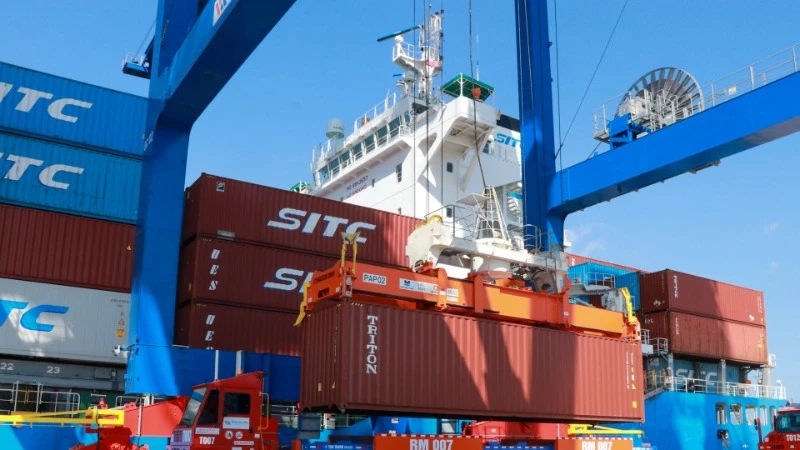


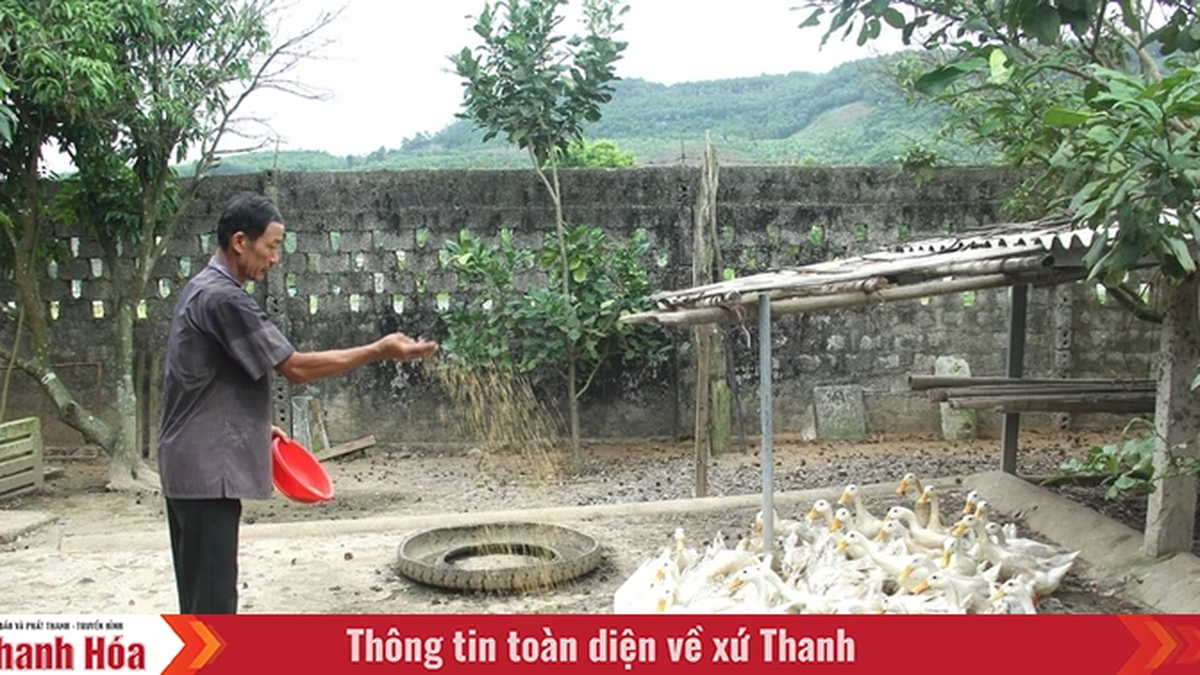
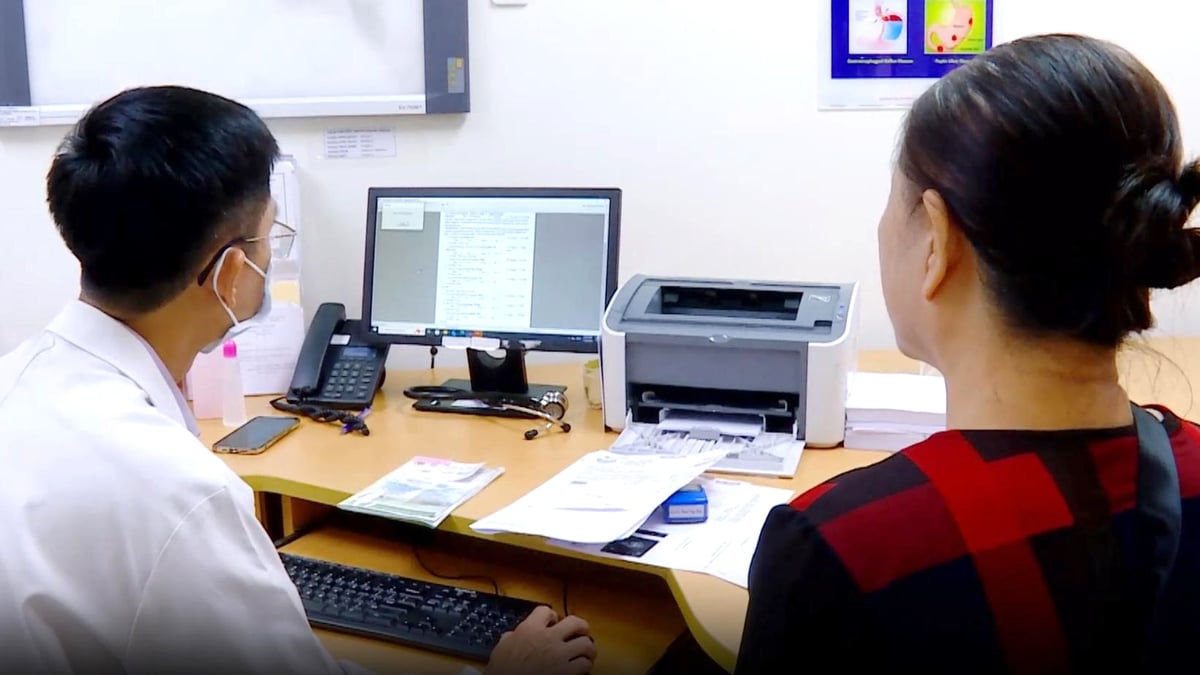





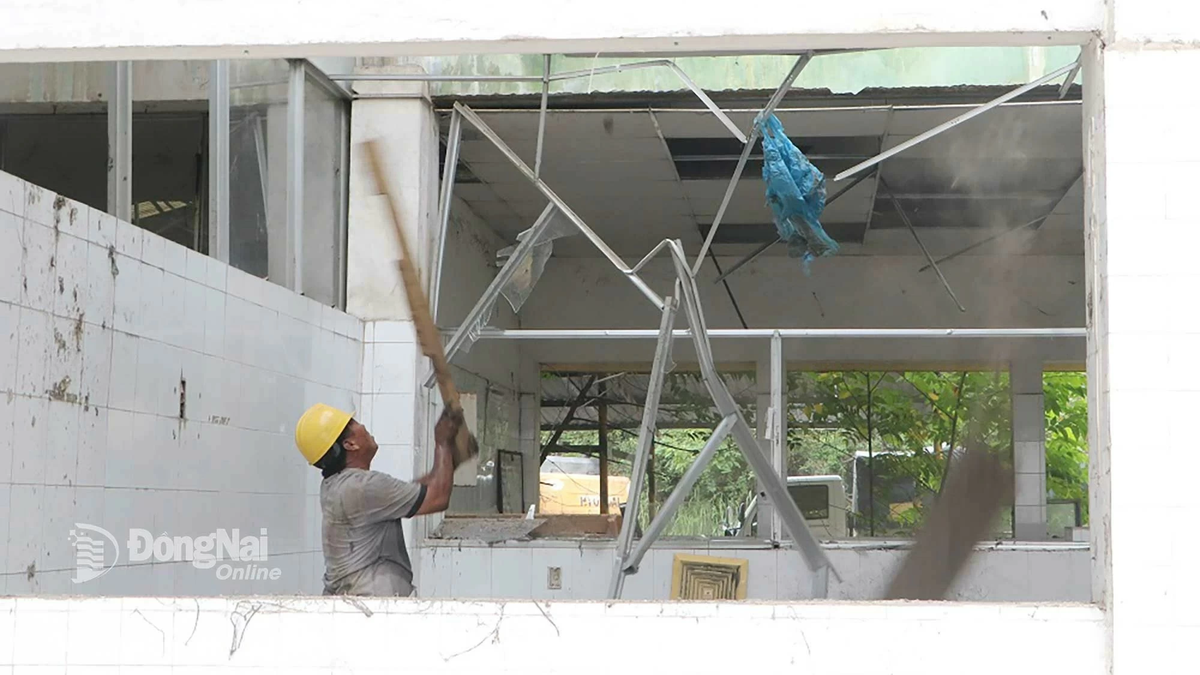










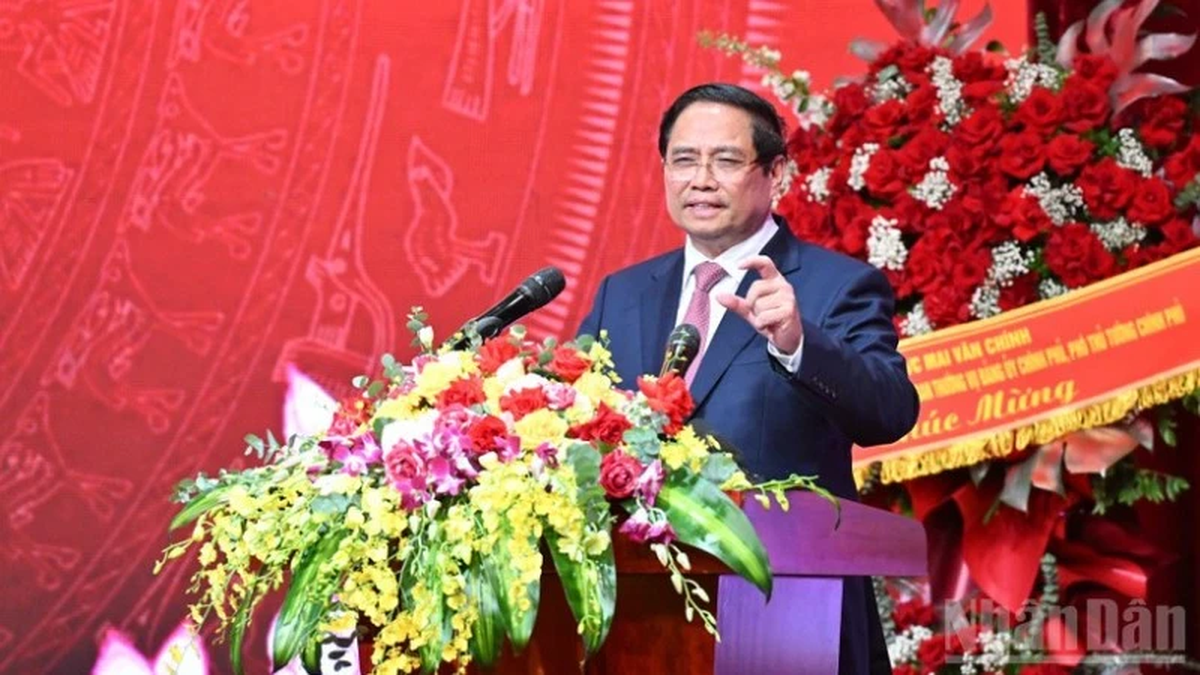









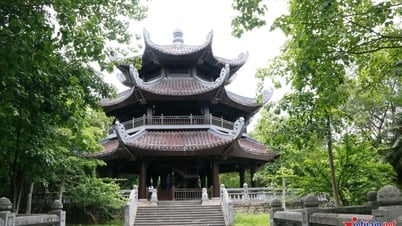



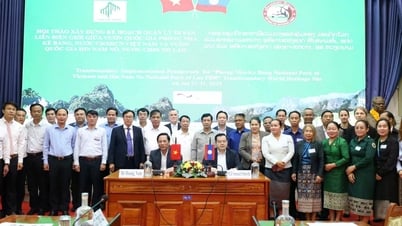

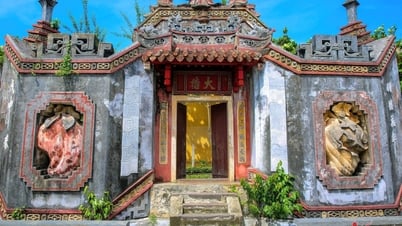














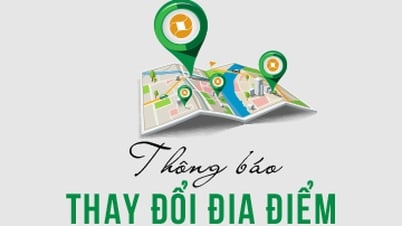


![[Maritime News] Container shipping faces overcapacity that will last until 2028](https://vphoto.vietnam.vn/thumb/402x226/vietnam/resource/IMAGE/2025/7/30/6d35cbc6b0f643fd97f8aa2e9bc87aea)


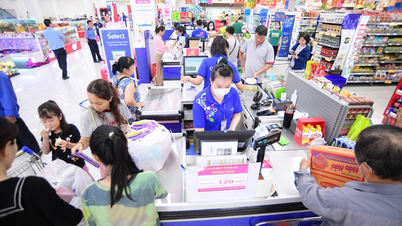




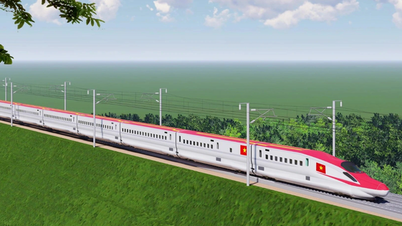
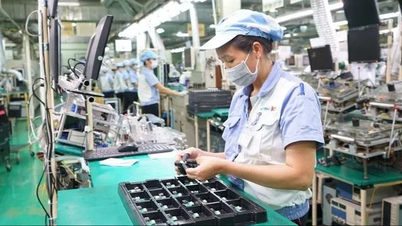



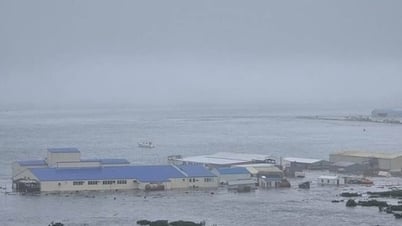



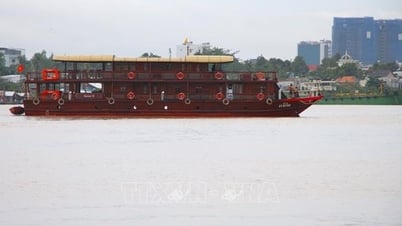

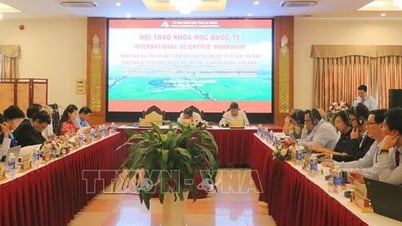

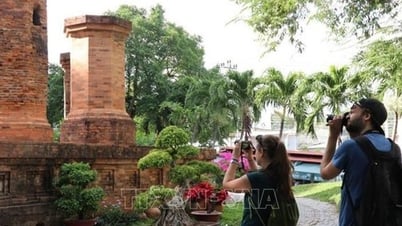












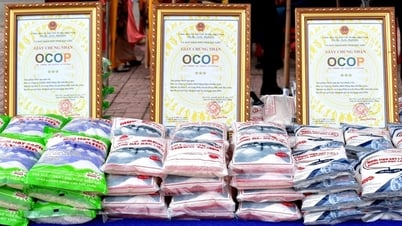
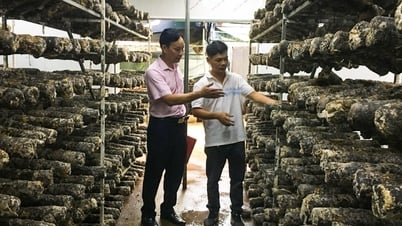

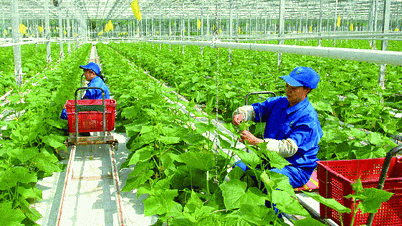





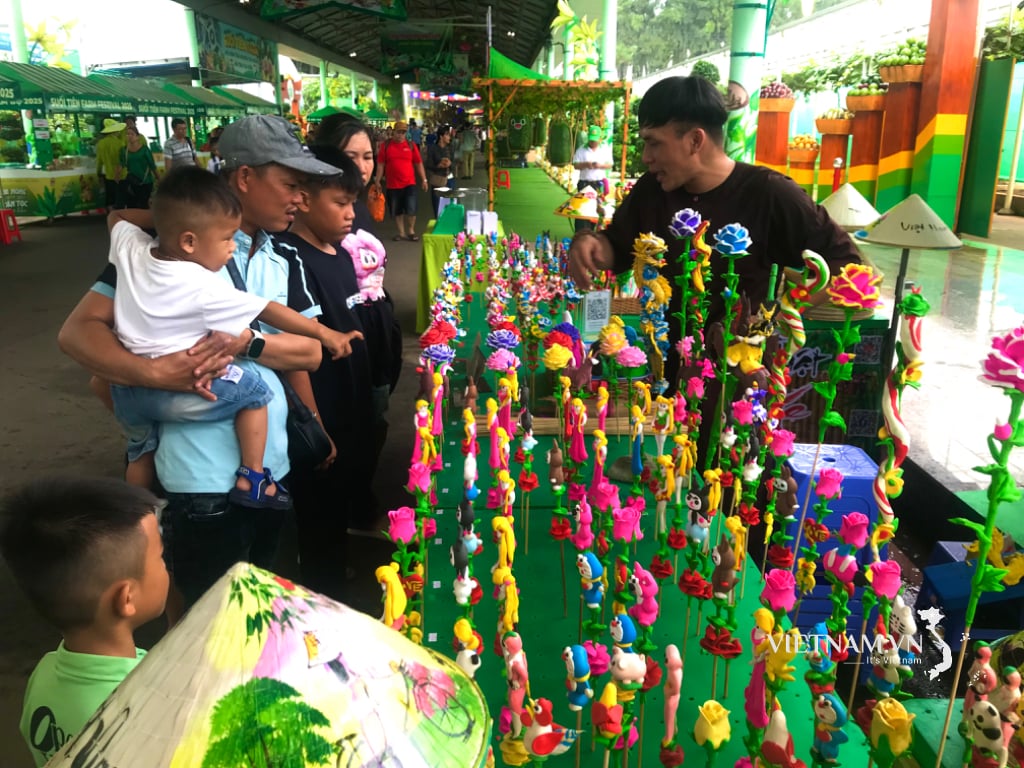


Comment (0)